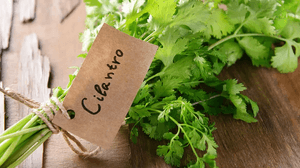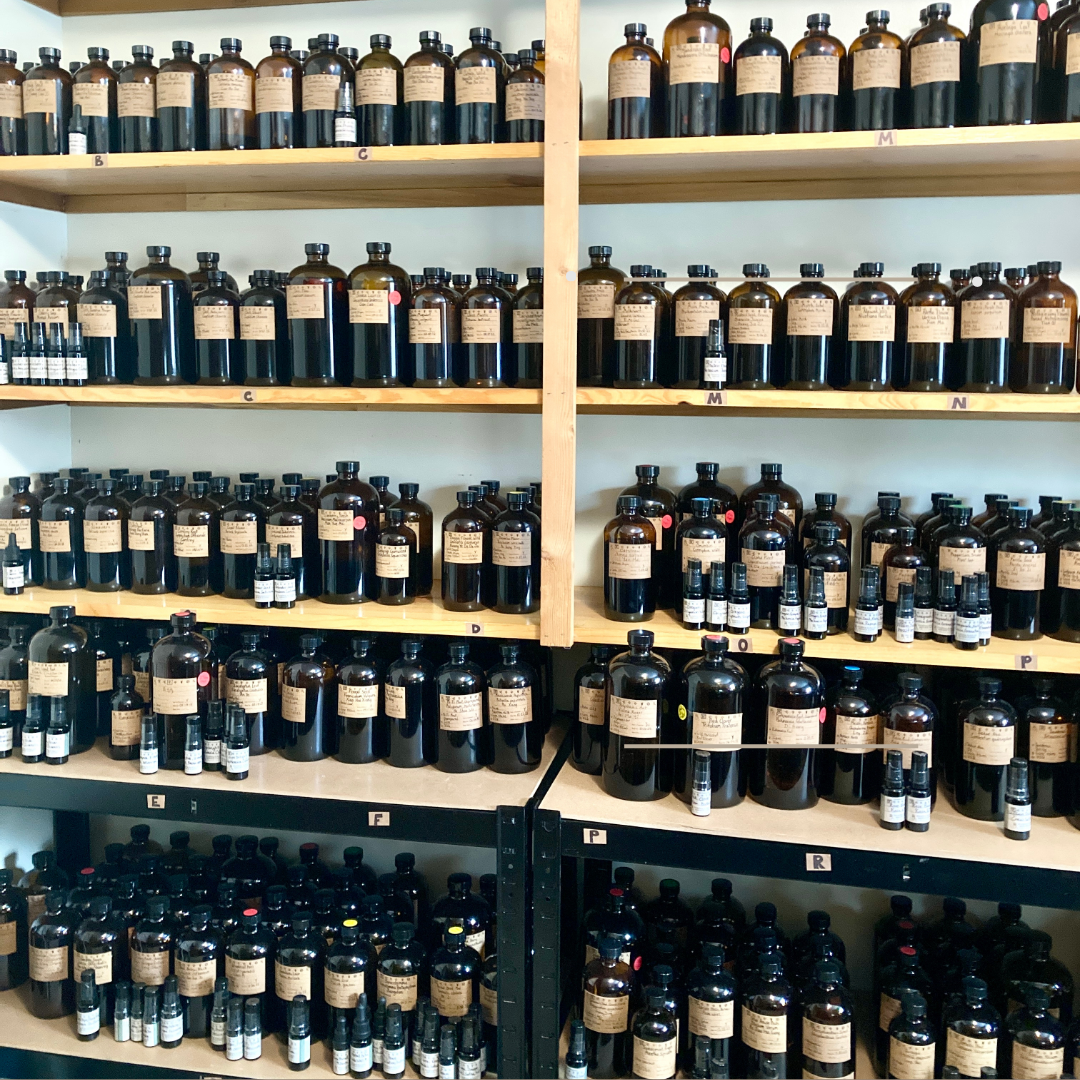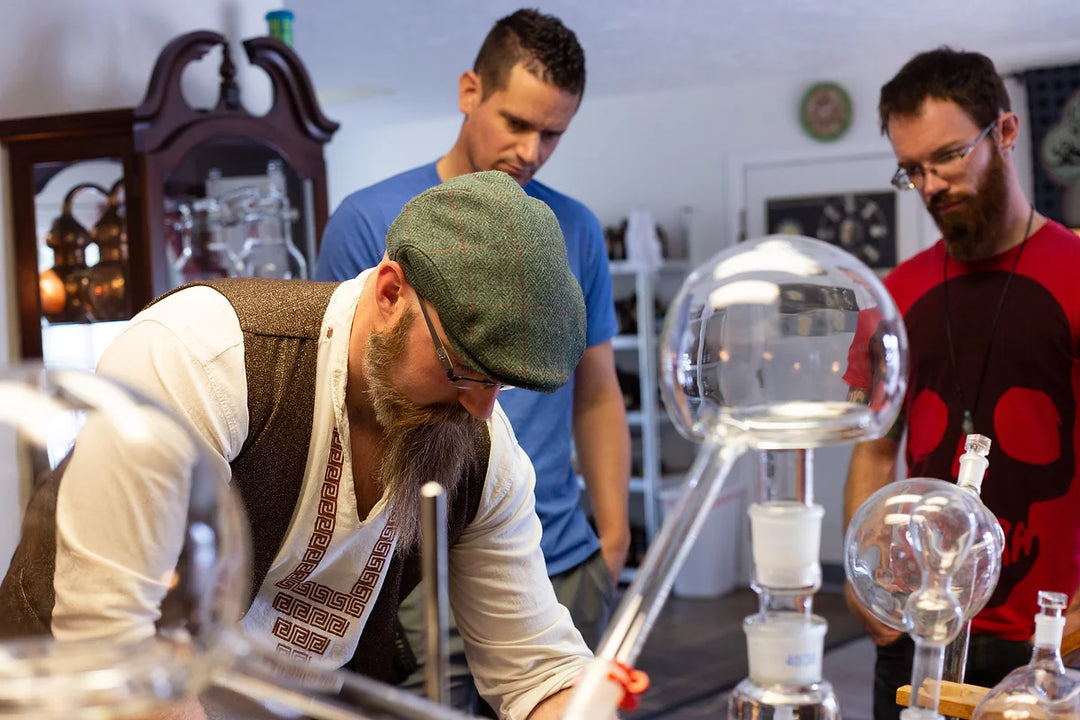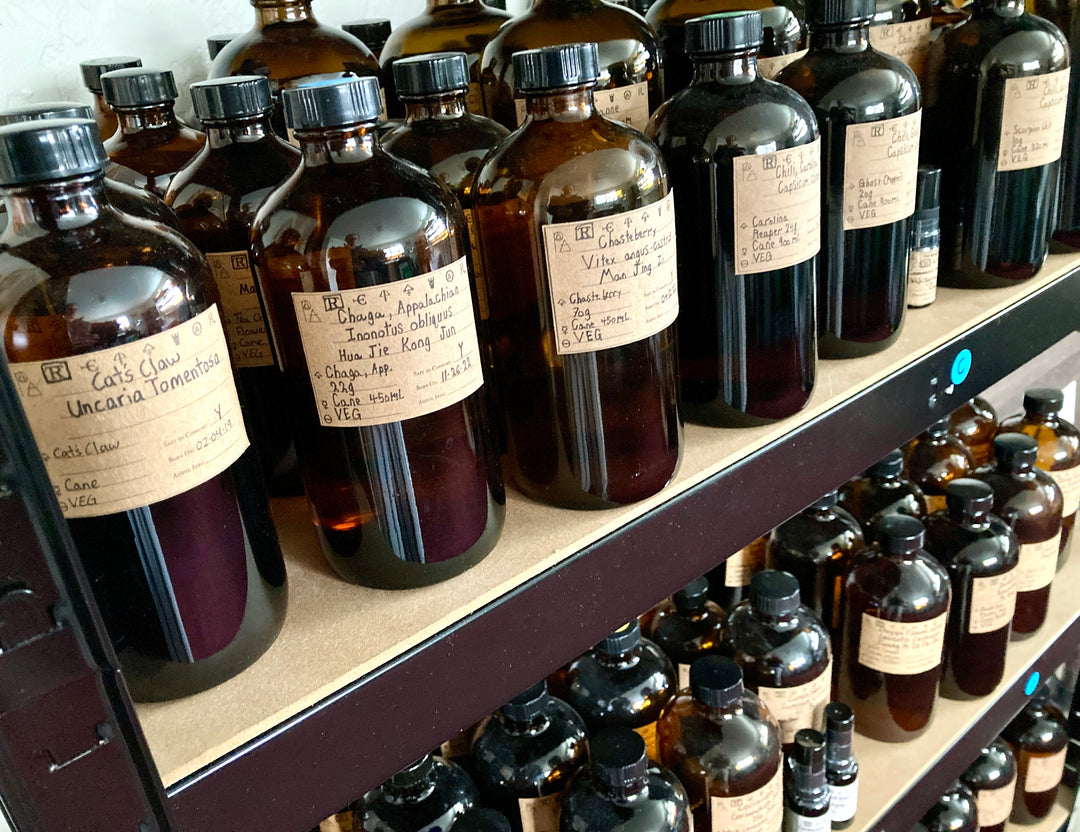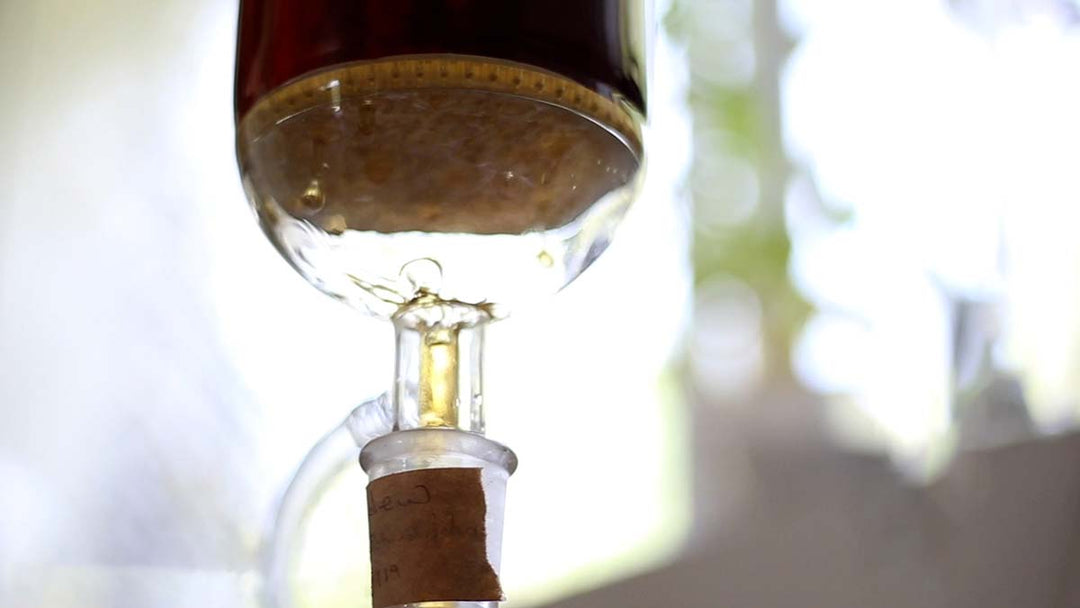Did you know that the common herb that you find in your grocery store called cilantro, is actually just the adopted Spanish name for the coriander plant? Coriander (Coriandrum sativum) is an annual herb in the Apiaceae family, and this plant has a somewhat confusing name breakdown, so let me clarify it for you. Properly, the entire plant and seeds are named coriander. The leaves can be called various names, depending on where you live. In the United States and Canada, they would be referred to as cilantro, but elsewhere you will see the leaves labeled as Chinese parsley, or simply coriander. More colloquially, and how I was taught, was that the entire plant is called cilantro, and just the seeds themselves are called coriander. Cilantro is widely used in Mexican cuisine, which has led to the cultural preference of using the Spanish word for this herb here in North America.
All parts of the coriander plant are edible, but most commonly just the leaves and seeds are used as a spice. Most people tend to agree with the flavor of coriander leaves, but a small handful of people can't stand its taste, thinking the leaves taste like dish soap. This has been linked to a gene that detects specific aldehydes that are used as fragrance substances in commercial soaps and detergents. So if you happen to be a part of that smaller group of people that finds cilantro to be a repulsive dish soap-tasting spice, know that it is still perfectly acceptable to use as a medicinal herb.

Historical Uses...
Cilantro is probably one of the oldest spices in existence today. There have been coriander seeds found in King Tut's tomb. It was mentioned in the Ebers Papyrus, which is an Egyptian medical text dated around 1550 BC that describes coriander's culinary and medicinal uses. Coriander seed pods were also found in the Nahal Hemar Cave in Israel, dating back 8,000 years.
Coriander seems to have been cultivated in Greece since at least the second millennium BC. Coriander was apparently used in the making of perfumes in Ancient Greece, according to one of the Linear B tablets recovered from the town of Pylos. Hippocrates (400 BC), and Dioscorides (65 AD), both mention coriander in their texts as well.
The Chinese believed it to be an aphrodisiac, and to produce immortality.
Health Benefits...
One of the main uses cilantro is known for, and what we use it the most for over here at the Phoenix Aurelius Research Academy, is for chelation and heavy metal detoxification. Chelation agents are useful because they bind to heavy metals that are stored in the body, thereby making them dissolvable, or allowing the body to eliminate them via the urine. According to various studies, the best way to induce heavy metal detoxification is by combining cilantro with chlorella, a sea algae. When taking both cilantro and chlorella together 3 times a day for up to 3 months, studies have shown that this powerhouse combination can remove an average of 87% lead, 91% mercury, and 74% aluminum from the body in only 45 days. It is common in our modern lifestyle to have lurking heavy metals in our body, slowly causing damage over time if left untreated. My current understanding is that heavy metals are the feeding ground for parasites, and in order to eliminate parasites effectively, one must start by addressing heavy metal toxicity in the body. Regardless of your end motive, incorporating more regular use of cilantro paired with chlorella seems like a fantastic way to help keep those heavy metals in check!
Side note: If you are planning on doing some sort of chelation program, you want to make sure your magnesium levels are high, (the vast majority of people are chronically deficient) as this mineral will help promote relaxed arteries, thereby making the elimination of all those chelated toxins much easier!
Nutritionally speaking, cilantro is rich in carotenoids, quercetin, kaempferol, apigenin and rhamnetin, which translates to amazing antioxidant power. It is also one of the best herbal sources for Vitamin K, helping to deposit calcium back into the bones from the bloodstream. In fact, cilantro can provide up to 258% of your daily Vitamin K intake.
Other benefits of cilantro may include:
-
Easing hormonal swings during menopause and menstruation
-
Reducing nausea
-
Adding fiber to the digestive tract – an effective bulking agent
-
Fighting anemia
-
Reducing minor swelling
-
Promoting liver health
-
Being used as an expectorant
-
Powerful anti-inflammatory
-
Antibacterial
-
Increases HDL cholesterol and decreases LDL
-
Preventing gas and bloating
-
Warding off urinary tract infections
Cilantro provides (% of RDA/100g):
15% of folates
11% of Vitamin B-6 (pyridoxine)
45% of Vitamin C
225% of Vitamin A
258% of Vitamin K
22% of iron
18% of manganese

References:


